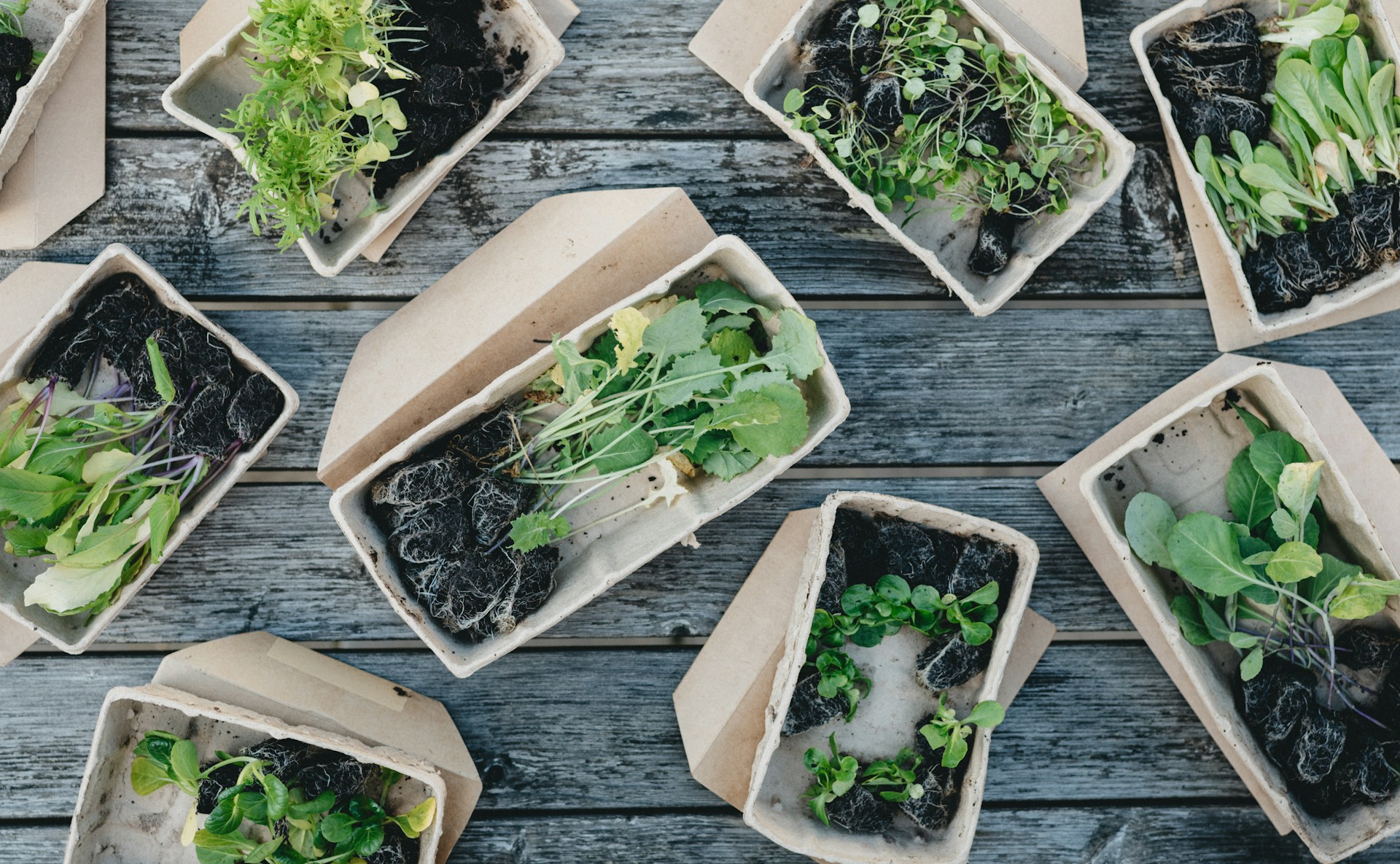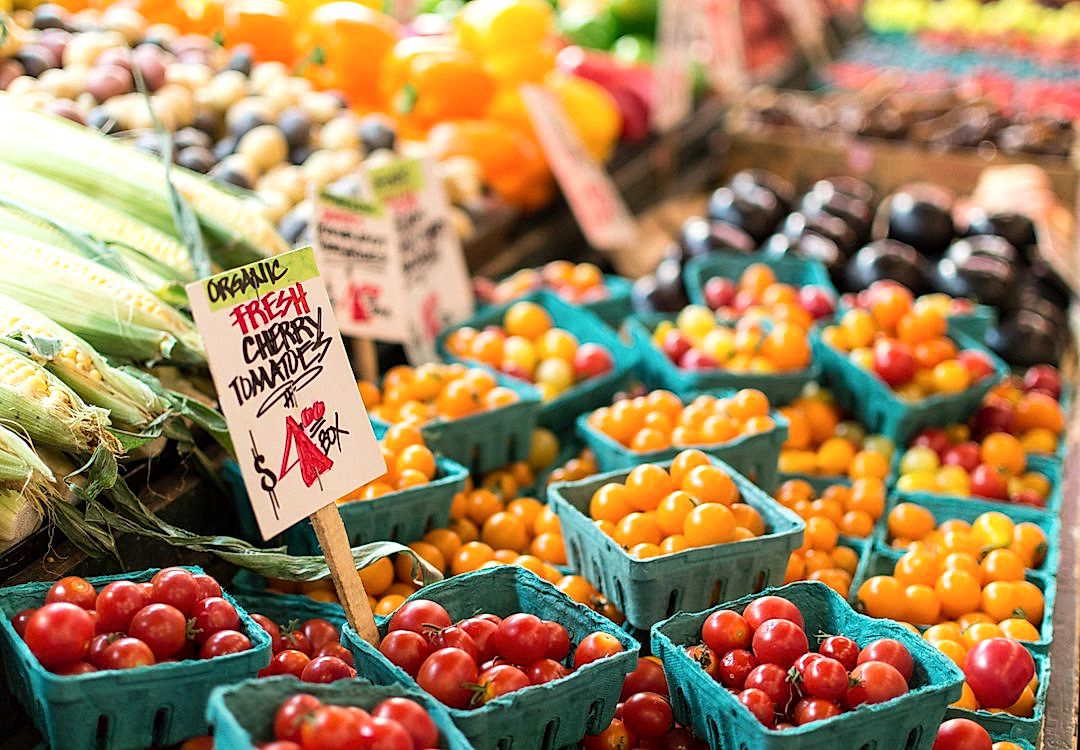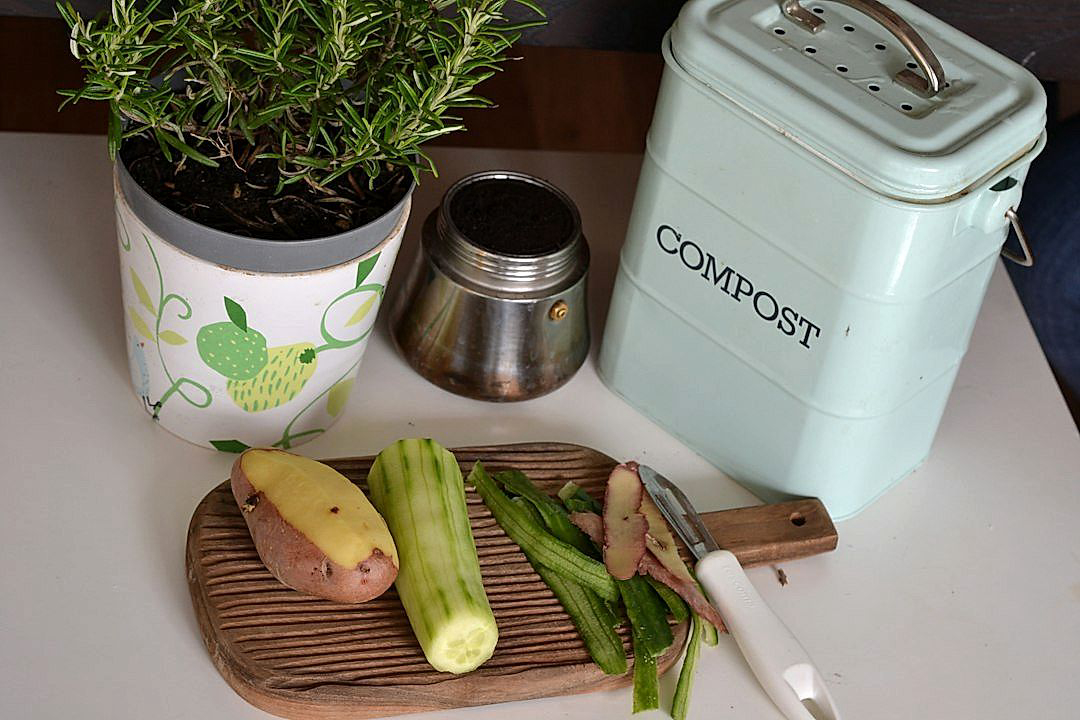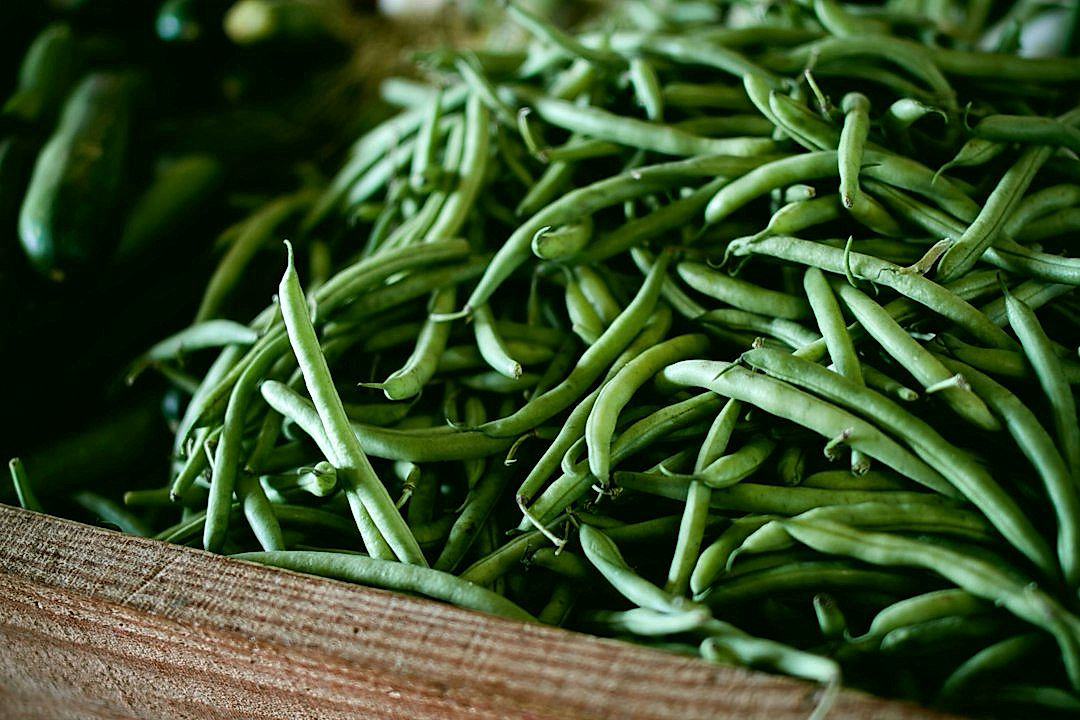In recent years, environmental sustainability has come to the fore, driving innovations across various industries.
One such frontier is the development of biodegradable packaging for fresh produce.
There is an urgent need to address the mounting issue of plastic waste, and packaging is one of the largest contributors.
Indeed, the global market is increasingly demanding environmentally-friendly solutions.
We will delve into some of the most recent advances in this field.
This review comes at a pivotal moment, as these developments are shaping the future of one of the most consequential sectors in the global economy.
Contents
Breakthroughs In Biodegradable Produce Packaging
1. Edible films from fruit pulp reduce plastic waste
The advent of edible films made from fruit pulp has become a potential game-changer in the world of sustainable packaging.
Every year, millions of tons of plastic waste enter the environment, causing significant harm to natural ecosystems.
The urgent need to reduce plastic pollution has fueled the search for alternatives that are not only safe but also sustainable.
A breakthrough came in the form of edible films, a novel packaging solution that considerably lowers the volume of non-degradable waste.
These films are manufactured from the pulp of various fruits, which is processed into thin, flexible and robust sheets suitable for packaging.
One of the fascinating features of these films is their edibility, eliminating the necessity for disposal altogether.
Once the product packaged within has been used, the film can be eaten or composted, resulting in zero waste.
Utilizing the pulp of fruits, typically considered as agricultural waste, creates an opportunity to convert waste into wealth.
This not only promotes responsible waste management but also encourages agricultural sectors to participate in sustainable practices.
Several studies have demonstrated the viability of numerous fruits for creating these edible films, including apples, oranges, and grapes.
These films are high in fiber, vitamins and antioxidants, making them not only eco-friendly but also nutritious.
The technological process involved in the production of these films is quite straightforward and cost-effective.
This makes it a highly replicable model of sustainable packaging, offering a practical, affordable, and above all, eco-friendly replacement for traditional plastic film packaging.
The push for edible films highlights the immense potential in harnessing nature’s bounty to address pressing environmental challenges.
It signals a critical step in the right direction of sustainability and zero waste, marking a significant milestone in the fight against plastic pollution.
The adoption of this innovation in the mainstream market will undoubtedly help stem the tide of plastic waste, setting mankind on a sustainable path for the future.
2. Decomposable Packaging from Crustacean Shells
Environmentalists and scientists alike have turned their attention to a unique and surprising resource for developing sustainable, biodegradable packaging: crustacean shells.
Crustaceans, like shrimp, lobsters, and crabs, naturally produce a compound called chitin in their exoskeletons.
This organic material is recognized for being one of the most abundant biodegradable materials in the world, second only to cellulose.
Extracting chitin from crustacean waste points towards an innovative solution in managing seafood industry waste.
The potential of chitin-based biodegradable packaging lies within its unique properties: it’s naturally robust, malleable, and most importantly, completely decomposable.
For decades, scientists have been exploring the possibility of harnessing chitin as an eco-friendly alternative to traditional packaging materials.
Recent breakthroughs in technology have enabled the production of chitosan, a derivative of chitin, which is then used to create biodegradable film for packaging.
This film is water-soluble, compostable, and non-toxic, providing a greener alternative to petrochemical-based plastic films.
Key industry players have started to utilize this novel material in their product packaging, demonstrating the substance’s commercial viability.
Companies like Shellworks have pioneered the production of flexible, edible coatings from chitin, aimed at replacing plastic food packaging.
The beacons of hope from such initiatives indicate that it’s potentially feasible to scale this technology and reduce our dependency on non-degradable plastics.
The unique compounds within crustacean shells not only provide an innovative solution for sustainable packaging materials but also address the crucial aspect of minimizing and recycling seafood waste.
As we continue to reap the benefits of chitin-based packaging, future research will further hone its properties, making it an even more viable alternative to synthetic plastics.
While this alone may not completely eradicate the plastic problem, it is undoubtedly a significant stride forward in establishing a circular economy.
The prospect of being able to compost our packaging just like we compost our kitchen waste is a powerful concept, bringing us a step closer to a more sustainable and less wasteful future.
3. Mushroom-based bioplastics for eco-friendly packaging
Among the growing trend of eco-friendly alternatives is the use of mushroom-based bioplastics for produce packaging.
This innovative solution resorts to the use of mushrooms, a natural and sustainable resource, to create biodegradable packaging materials.
The science behind this involves leveraging the mycelium which is a part of the mushroom that acts like a natural glue.
Mycelium grows around agricultural waste to form a lightweight, water-resistant, and compostable material perfect for packaging.
Not only does this present an eco-friendly alternative, but it also addresses the growing issue of agricultural waste.
Rather than contributing to pollution, the mushroom-based packaging returns to the environment in a natural way once disposed of.
Another transformative aspect relates to the nature of its production process which inherently minimizes carbon emissions.
Research indicates that this bioplastic produces up to 90% less carbon dioxide compared to traditional plastic during manufacture.
The qualities of mushroom-based bioplastics such as resistance to water and impact make it competitive with synthetic materials.
The mycelium can be manipulated into various shapes and sizes, offering versatility in packaging designs.
Use of mushroom-based bioplastics has already found acceptance in certain industries such as wine and furniture as an eco-friendly packaging choice.
In the context of produce packaging, it can offer freshness and protection to fruits and vegetables while lowering environmental impact.
Nevertheless, the industry still faces challenges in scaling mushroom-based bioplastics production due to high costs and issues in consistency.
However, with ongoing research and interest in eco-friendly packaging, there is notable potential for further development and use.
The role of mushroom-based bioplastics thus stands as a promising solution in the journey toward sustainable produce packaging.
The Bottom Line
It is apparent that the world is increasingly turning towards sustainable alternatives to reduce plastic waste, with the unveiling of groundbreaking innovations in packaging.
The development of edible films produced from fruit pulp not only caters to the consumer demands for natural materials but also contributes to preserving our environment by curbing plastic use.
Similarly, decomposable packaging derived from crustacean shells provides another promising solution to mitigate plastic waste, proving its effectiveness in both durability and biodegradability.
Further advancing this trend is the mushroom-based bioplastics which offer not just decomposable but also regenerative packaging solutions.
Such breakthroughs underline the significant strides being made towards achieving eco-friendly packaging and reducing plastic waste, creating a world where sustainability reins supreme.




